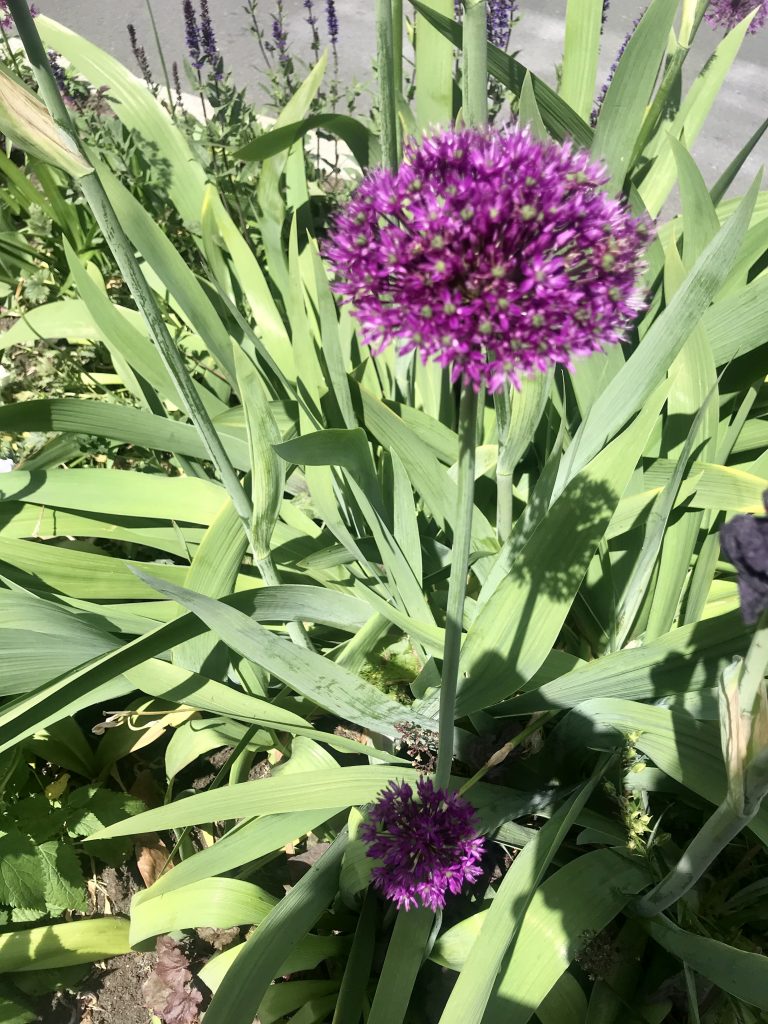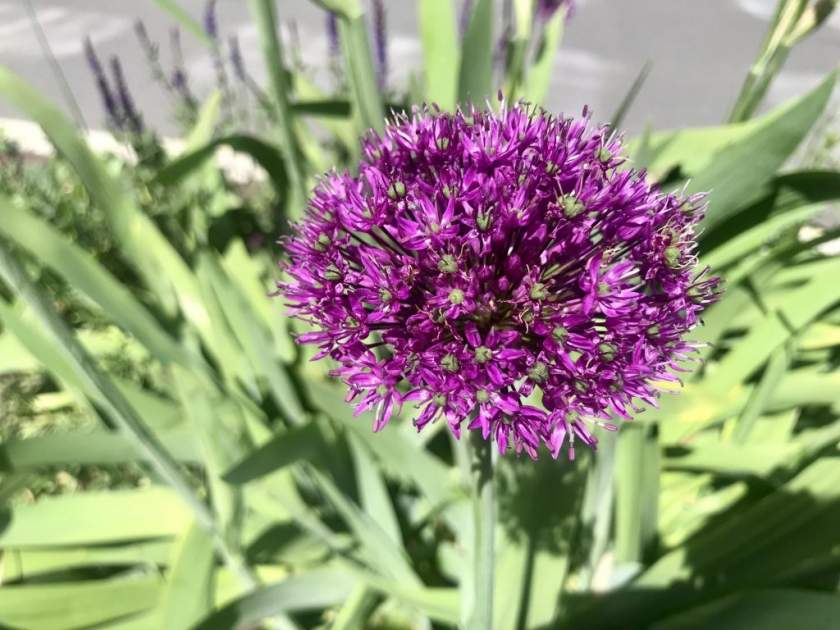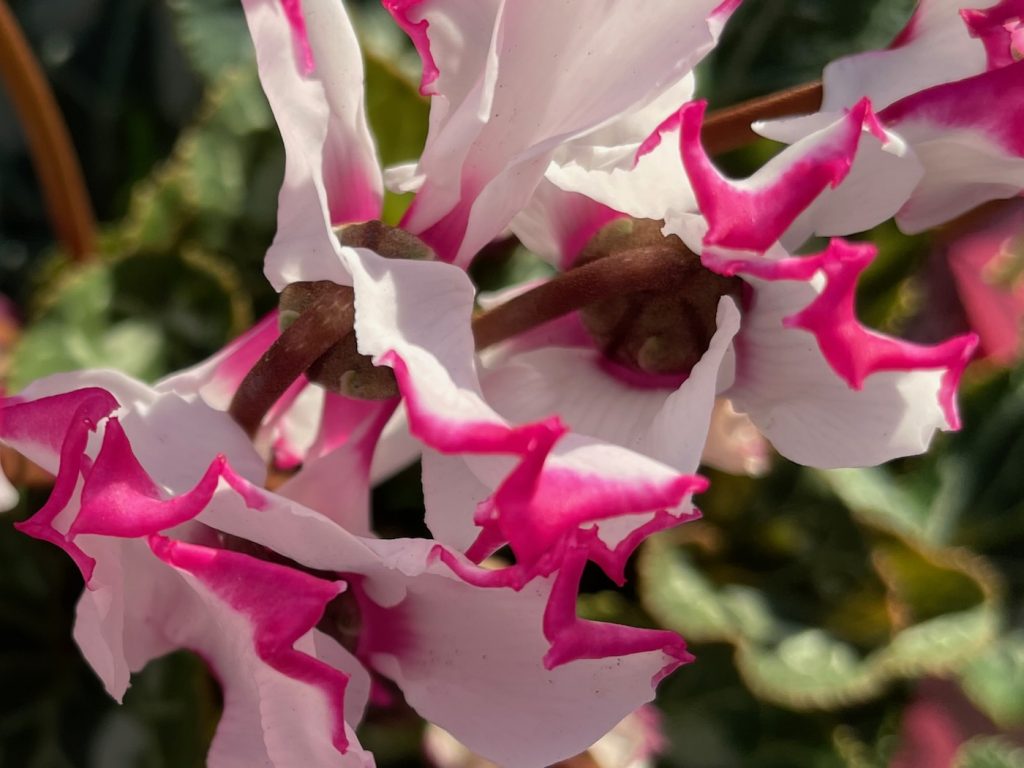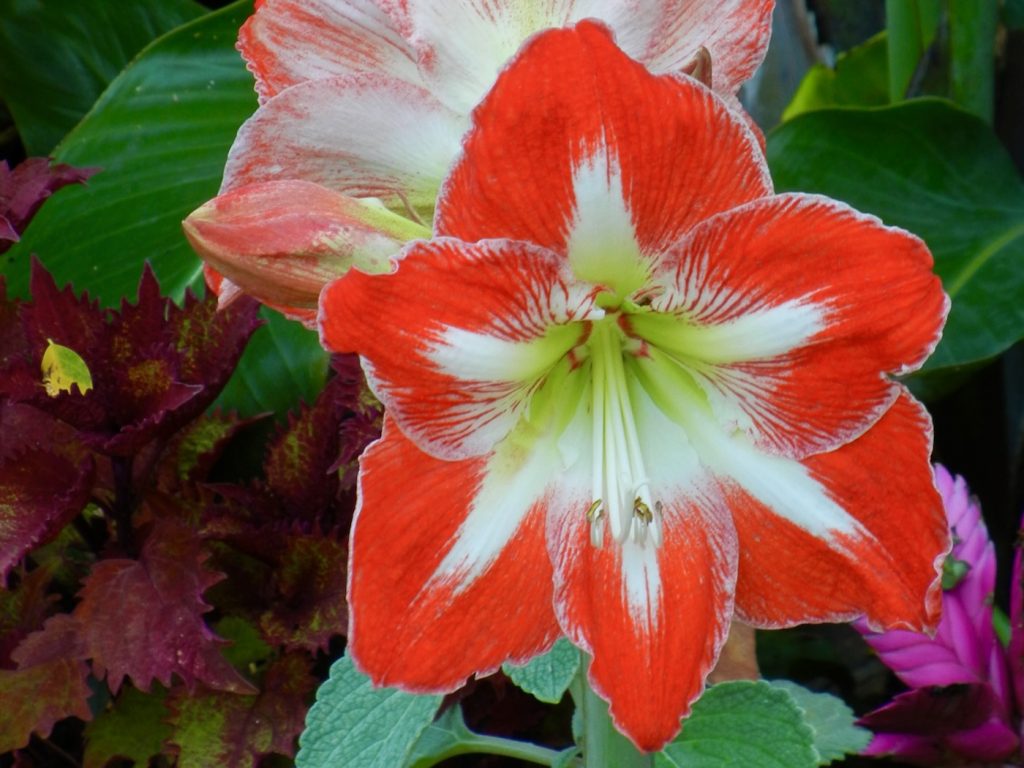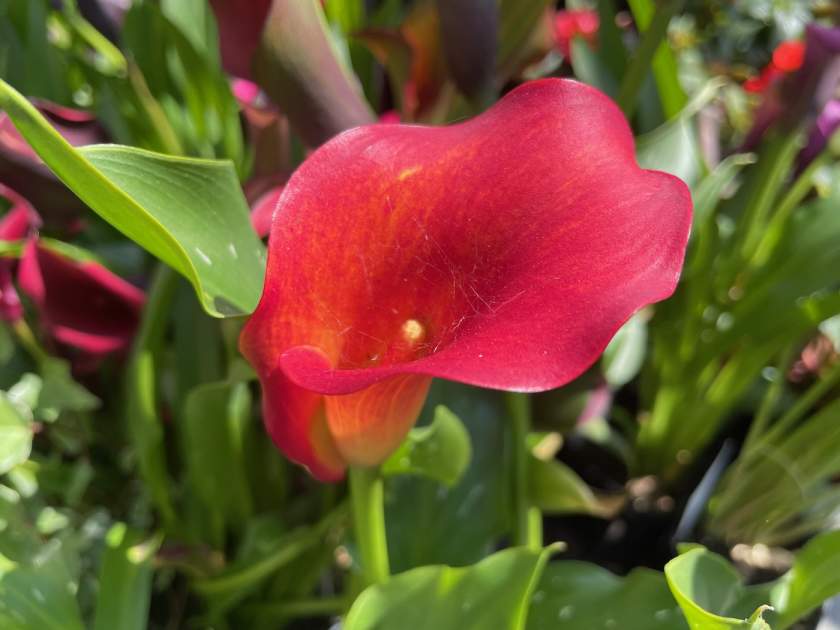Allium ampeloprasum: Exploring the Diversity of Wild Leek
Background and Distribution
Allium ampeloprasum, commonly known as Wild Leek or Broadleaf Wild Leek, is a versatile plant species with a widespread distribution across various regions. Its native habitat includes countries bordering the Mediterranean, Adriatic, and the Black Sea. Moreover, Allium ampeloprasum is cultivated in numerous countries worldwide, including Russia, Ukraine, Armenia, Ethiopia, Iran, Pakistan, China, Australia, and North and South America. While highly regarded for its culinary uses and ornamental value, it is important to note that in certain locations, Allium ampeloprasum is considered an invasive plant. In the state of Virginia, it is recognized as the Yorktown Onion.
Taxonomy and Related Species
Allium ampeloprasum belongs to the Amaryllidaceae family, which encompasses a diverse array of bulbous plants. Within the genus Allium, various species are cultivated and celebrated for their unique characteristics and culinary significance. These include the Leek (Allium porrum), Pearl Onion (Allium ampeloprasum var. sectivum), Persian Leek (Allium ampeloprasum var. persicum), known as Tareh in Persian cuisine, Kurrat or Egyptian Leek (Allium kurrat), and Elephant Garlic (Allium ampeloprasum var. ampeloprasum).
Characteristics and Cultivation of Allium ampeloprasum:
Allium ampeloprasum is a biennial plant, completing its life cycle over two years. In the first year, the plant produces a rosette of leaves, while in the second year, it develops a flowering stalk. The flowers of Allium ampeloprasum are enchanting, coming in shades of white or purple, and they are arranged in an umbel-shaped inflorescence. Following pollination, the plant forms capsules that contain several seeds.
In addition to its captivating appearance, Allium ampeloprasum is valued for its versatile uses. The leaves of this plant can be consumed both raw and cooked, adding a distinct flavor to various dishes. The flowers can be utilized to create a flavorful vegetable broth, enhancing the taste and aroma of culinary creations. The bulbs of Allium ampeloprasum are prized for their garlic-like essence, and they can be used to infuse oils or vinegar with a delightful flavor. Furthermore, the seeds serve as a means to propagate new plants, continuing the cycle of growth.
Cultivation and Maintenance
Allium ampeloprasum is renowned for its adaptability and hardiness. It can thrive in a wide range of climates, making it a versatile choice for gardeners around the world. This plant exhibits resilience and can tolerate various environmental conditions. It is relatively low-maintenance, requiring minimal fertilization and watering. Allium ampeloprasum is generally resistant to pests and diseases; however, it may occasionally be susceptible to aphids, scale insects, and powdery mildew. If any issues arise, appropriate pesticides or fungicides can be used for effective treatment.
Propagation and Pest Management
Propagation of Allium ampeloprasum is commonly achieved through seed sowing. The plant is relatively pest-free; however, growers should be mindful of two potential issues: Onion White Rot (caused by the fungus Sclerotium cepivorum) and Downy Mildew (caused by the fungus Peronospora destructor). Vigilance and appropriate preventive measures can help minimize the impact of these diseases. Pruning is generally unnecessary for Allium ampeloprasum.
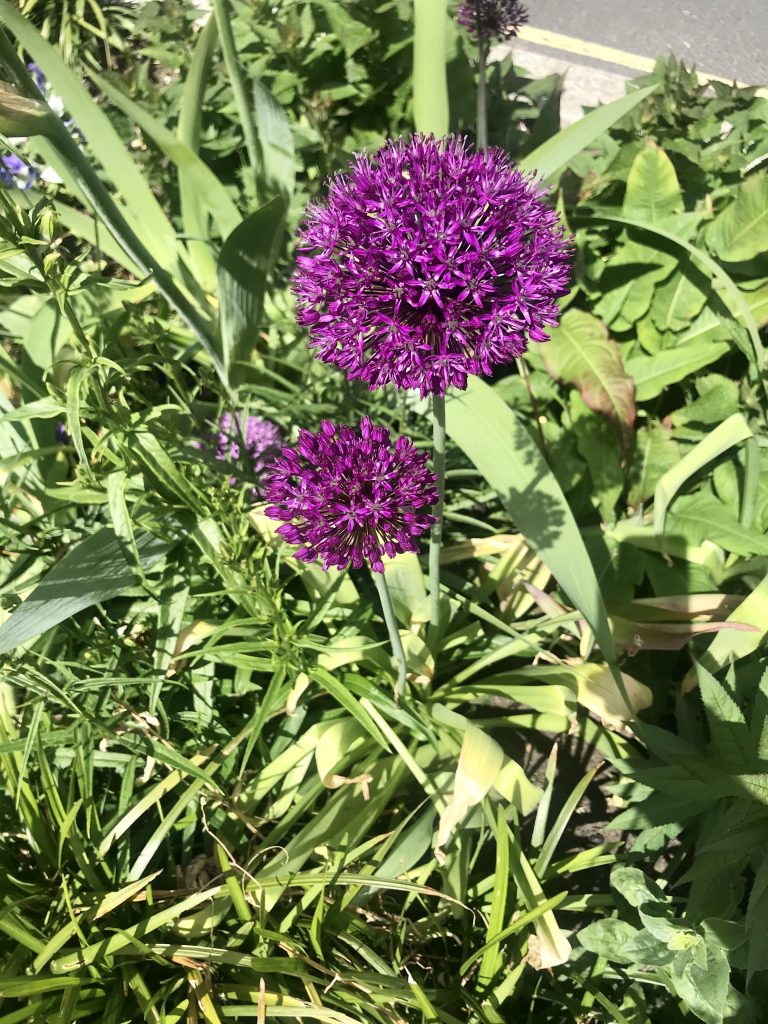
Discover the Versatility of This Plant:
Allium ampeloprasum, with its rich diversity and adaptable nature, presents an array of culinary and ornamental possibilities. From its extensive geographical distribution to its association with popular species like the Leek, Pearl Onion, Persian Leek, Kurrat, and Elephant Garlic, this plant offers a myriad of uses and flavors. Whether you’re exploring its savory potential in the kitchen or appreciating its aesthetic appeal in the garden, Allium ampeloprasum invites you to discover its versatile charm and enjoy its unique contributions to the world of plants.
